japanese pagoda tree problems
No serious insect or disease problems. Attractive cream-colored flowers in late July.
/japanese-pagoda-tree-care-5186863-hero-b959bcf0d99349dcaef36a3b9e0cfeb0.jpg)
Japanese Pagoda Tree Care And Growing Guide
If you would like more pagoda tree information click on this article.

. Symptom Checker Diseases Conditions Medical Dictionary. Weak wooded and susceptible to storm damage. The Japanese pagoda tree grows 1223 metres about 4075 feet tall and features alternate compound leaves with 7 to 17 leaflets.
50 - 70 Site characteristics. East Experiment Station East side. Flowers fall together in midsummer creating a fragrant blanket of white around the tree.
The trees compound leaves which range from 6 to 10 inches in length contain 7 to 17 ovate dark. This seems more appropriate since the tree is native to China and not Japan. Princeton Upright upright.
The modifying action of the Japanese pagoda tree Sophora japonica and pantocrine in radiation lesions. Styphnolobium japonicum. It produces light shade and withstands heat air pollution and drought.
I just looked through an old tree book I have showing a mature Japanese pagoda tree. The flowers buds and fruit are used in traditional medicine. Regent rapid growth profuse.
Pagoda tree Styphnolobium japonicum is a plant found in China Japan and Korea. See it on the map. Leaves are compound with 7-17 pinnate bright green leaflets.
The confusing name Japanese pagoda tree Styphnolobium japonicum of this Chinese native is likely the only thing that will make you question this stunning treeA Japanese pagoda tree also called Chinese scholar tree is perfect if you live in an urban setting are looking for a flowering shade tree or are planning a Japanese gardenThe Japanese pagoda tree is. Flowers resemble typical pea flowers and grow in showy creamy white clusters with a lovely fragrance. The Japanese pagoda tree is often called the Chinese scholar tree.
During the growing season of Japanese Pagoda trees sprinkled a little granulated manure around the pot soil and then watered it. 50 - 82 Other. The Japanese pagoda tree has very large clusters of small white flowers that cover the tree in the late summer.
It seems to be huge and very open branches and beautiful. Used in both supplements and creams the extract has been shown to enhance vein stability improve circulation and reduce inflammation. 5b - 9a Wetdry.
The Japanese pagoda tree is known for its fragrant flowers and attractive foliage. Pest and disease problems leafhopper canker. The Japanese pagoda tree is often grown as a shade tree in lawns or on patios however flowers and seedpods often leave stains on pavement.
It seems to be huge and very open branches and beautiful. Japanese Pagoda Tree For vein problems. The growth of Japanese Pagoda trees requires adequate nutrients.
This ornamental tree is native to China Korea and Vietnam. The highlight of this variety is the weeping nature as it tends not to flower and fruit like the standard species. Department of Agricultural hardiness zones 4 through 8.
It is a showy flowering tree in the pea family. Japanese Pagoda Tree Care And Growing Guide The Japanese Pagoda tree may be attacked by a few insects or diseases but none should be serious. The yellowish white flowers about 1 cm 04 inch in length grow in loose showy clusters 3035 cm 1214 inches long.
The common name Japanese pagoda comes from it being planted on the grounds surrounding Buddhist temples. And marginal hardiness in zone 6 and lower which can cause dieback. Multiply your pagoda tree by sowing its seeds in pots in a cold frame.
Japanese Pagoda Heritage Tree. Pagoda tree contains chemicals similar to. The Japanese Pagoda tree may be attacked by a few insects or diseases but none should be serious.
The trees compound leaves which range from 6 to 10 inches in length contain 7 to 17 ovate dark. I have observed the canker and. It usually grows 25 to 35 feet tall but can sometimes reach heights of up to 100 feet.
When the flower petals fall to the ground it may appear as though the tree is skirted with a white blanket. Extract from Japanese Pagoda Tree has been used widely in Europe since the mid-1960s for treatment of various vein conditions including spider veins. Clay loam sandy soils.
General Lawn Care. Japanese pagoda trees grow at a moderate rate and should be topped in time to promote branching during seedling growth. The outer layer of flower pods are wrapped tightly around each fruit making each pod resemble a string of beads.
M and Miakisheva S. Trees do best in areas with full sun or partial shade and moderate amounts of water. Some identifying characteristics are its oval leaflets gray-brown bark and shiny green twigs.
The fruit is a narrow inedible pod. It is a good street park or lawn tree. Tolerates drought Native range.
The Japanese pagoda tree Sophora japonica also called the Chinese scholar tree is a native of China and Korea that thrives in US. It can take up to 10 years before a sapling will flower.
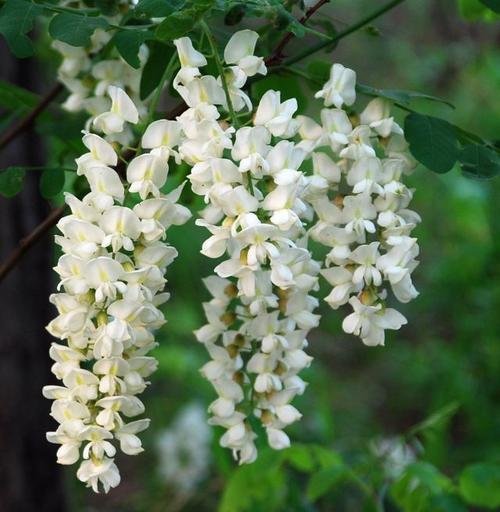
How To Grow And Care For Japanese Pagoda Tree Rayagarden
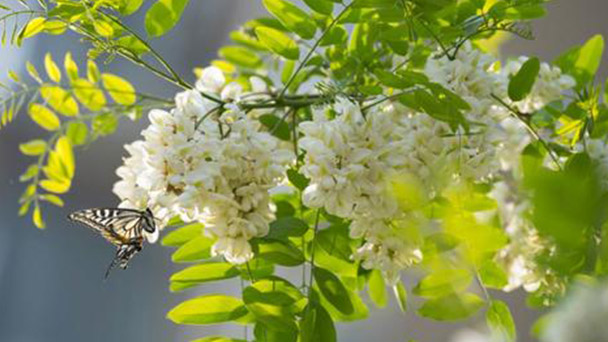
How To Grow And Care For Japanese Pagoda Tree Rayagarden

Amazon Com Sophora Japonica Japanese Pagoda Tree Seeds Tree Plants Patio Lawn Garden

Pin By Vanessa Rozier On Plant Life Japanese Pagoda Tree Seeds Tree
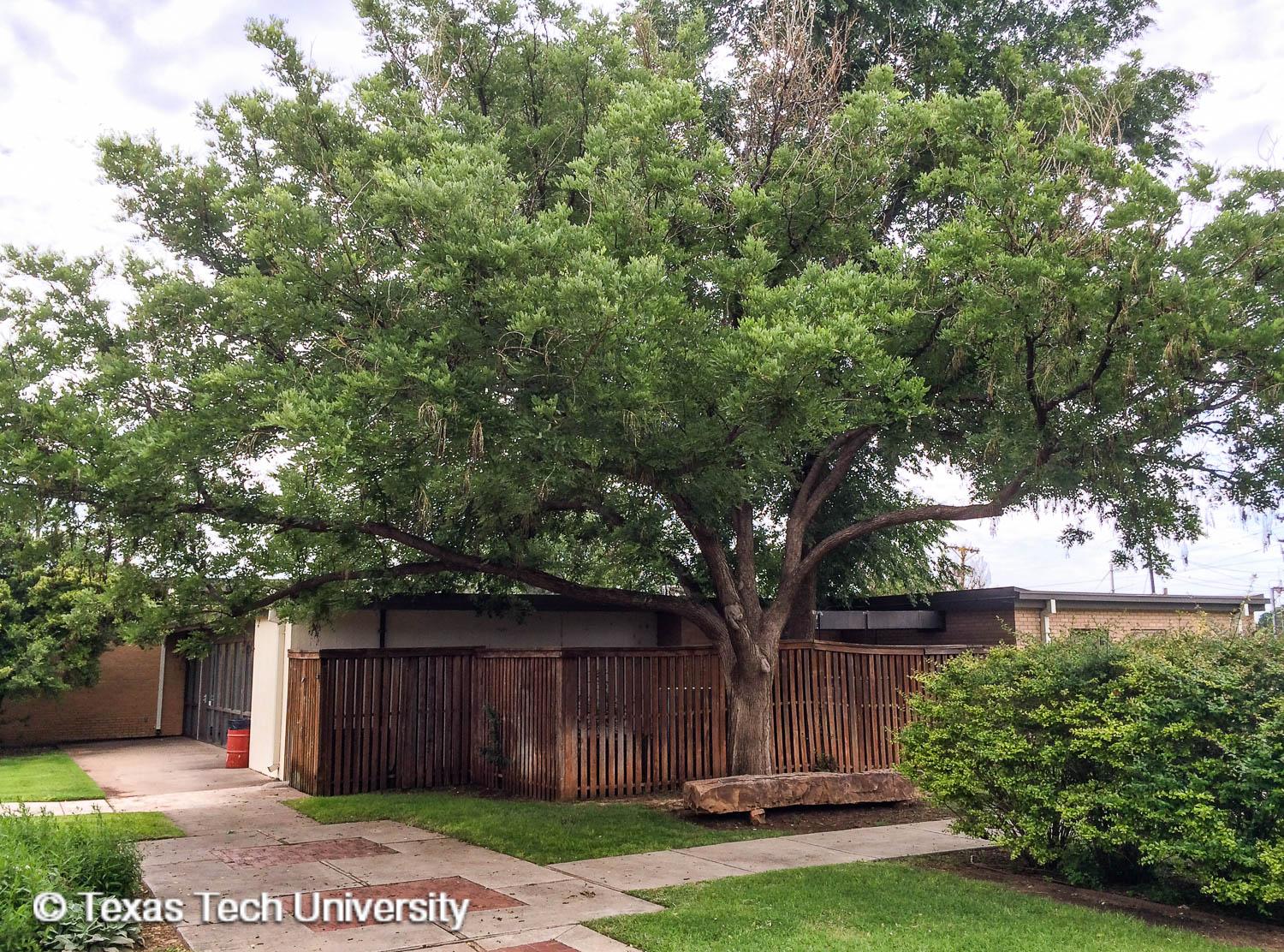
Japanese Pagoda Tree Plant Resources Home Ttu

A Japanese Pagoda Tree Sophora Japonica L Planted In A Roadside Download Scientific Diagram

Japanese Pagoda Tree Chinese Scholar Tree Styphnolobium Japonicum Southern Living Southern Living

Pagoda Tree Facts And Health Benefits
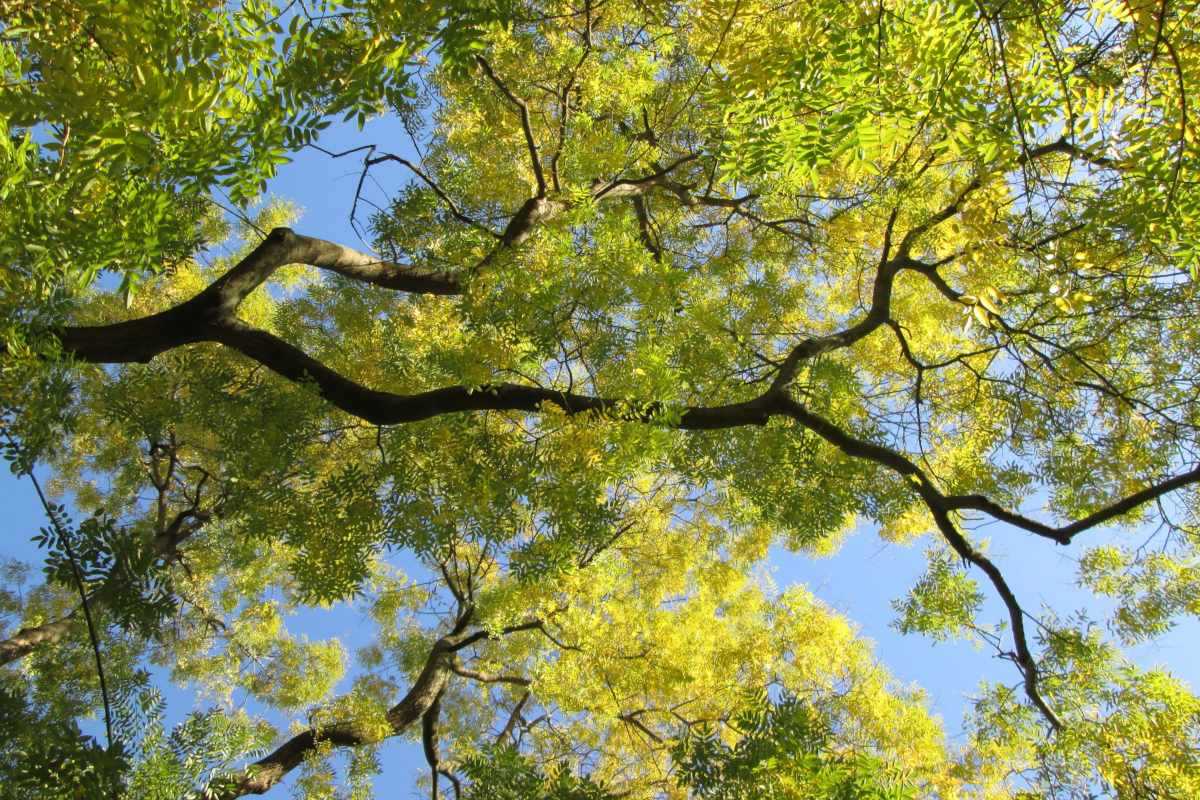
Japanese Pagoda Tree An Elegant And Airy Slow Growing Giant For Parks
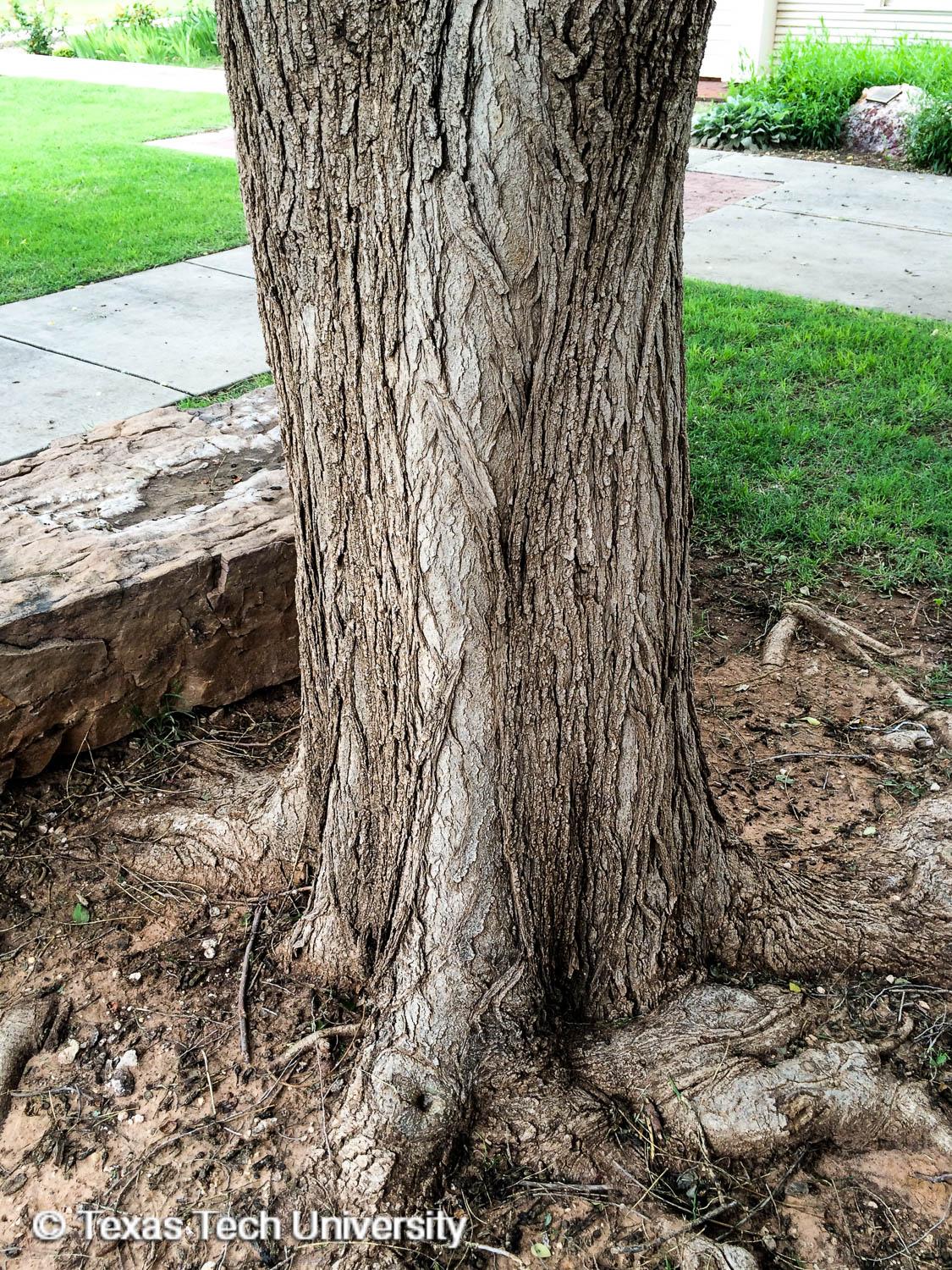
Japanese Pagoda Tree Plant Resources Home Ttu
:max_bytes(150000):strip_icc()/japanese-pagoda-tree-care-5186863-04-eea66be4d0454af08c590e51a6e51aca.jpg)
Japanese Pagoda Tree Care And Growing Guide
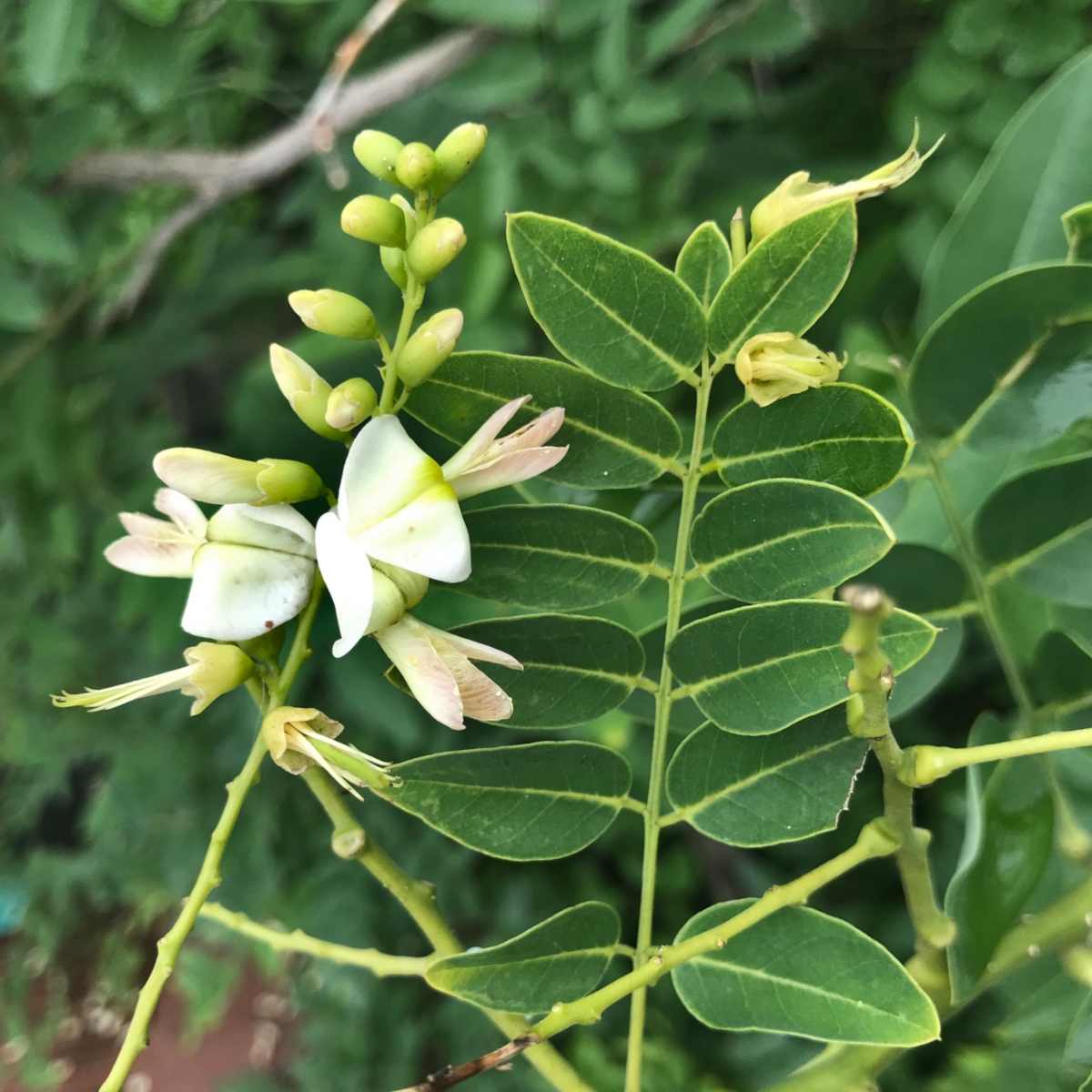
Japanese Pagoda Tree An Elegant And Airy Slow Growing Giant For Parks
Japanese Pagoda Tree Becoming Popular In U S Cities What Grows There Hugh Conlon Horticulturalist Professor Lecturer And Gardener
:max_bytes(150000):strip_icc()/japanese-pagoda-tree-care-5186863-07-678db2e12f964f979141917e3892ee54.jpg)
Japanese Pagoda Tree Care And Growing Guide
:max_bytes(150000):strip_icc()/japanese-pagoda-tree-care-5186863-02-40fc3009a3e544499b255f71c2f98b8a.jpg)
Japanese Pagoda Tree Care And Growing Guide

What Is Sophora Japonica Learn About Japanese Pagoda Tree Care
Japanese Pagoda Tree Becoming Popular In U S Cities What Grows There Hugh Conlon Horticulturalist Professor Lecturer And Gardener
:max_bytes(150000):strip_icc()/japanese-pagoda-tree-care-5186863-06-ea23bcea86d74cdd998d083e1da1f11e.jpg)
